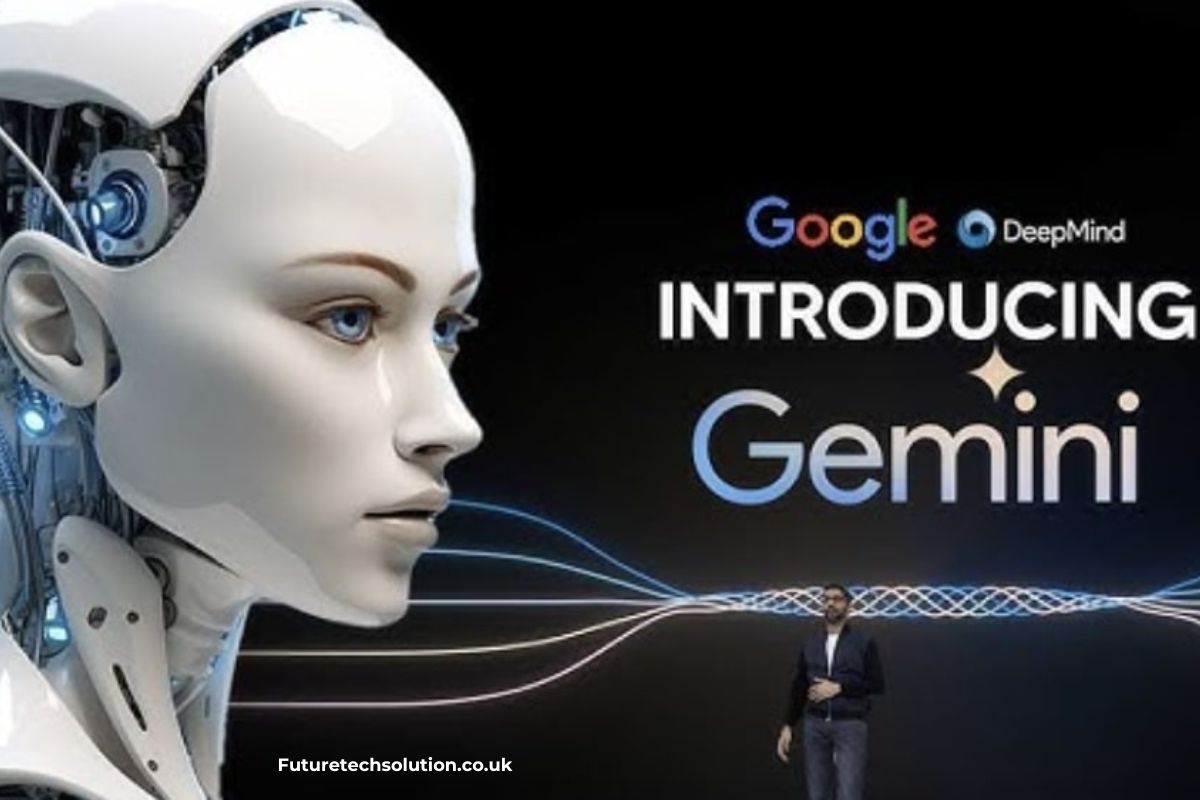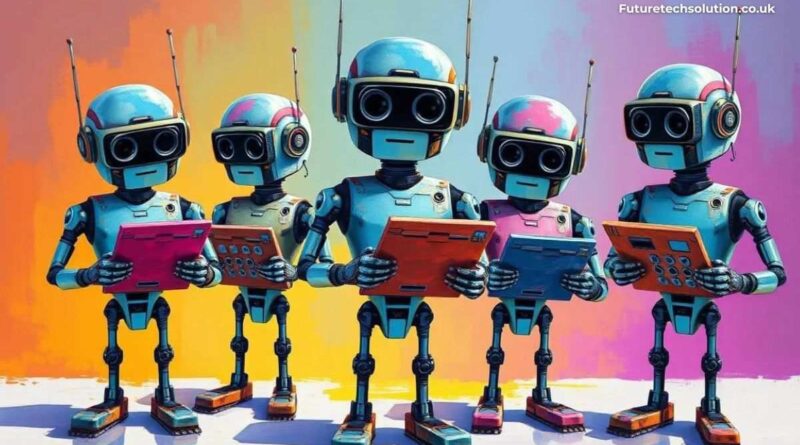Which Platform Builds the Best AI Agent 2025? We Test ChatGPT, Claude, Gemini, and More
Introduction
AI Agents has emerged as the leading phenomenon driving innovation in sectors and optimization of existing and new events in individuals’ and companies’ lives. As there are several platforms out there that are working to come up with the so-called ‘best AI’ agent, people must be able to determine which of these platforms are offering the most when it comes to considering functionalities, flexibility, and, of course, ease of use. Starting with ChatGPT from OpenAI and extending to Gemini by Google and Claude by Anthropic, people can find models adapted to specific demands. Here, we discuss the allocation, strength, and features of those platforms for the identification of the most suitable AI agent for different tasks. In undertaking this comparison, our focus is therefore based on scalability, precision, as well as user experience.
ChatGPT

ChatGPT has been observed to be competent in its contextual understanding and realistic and natural flow of conversation from the time it was developed by OpenAI. Originally developed for content generation, coding help, and customer service, it is great at handling various requests. ChatGPT uses a complex natural language processing mechanism to produce well-organized answers that are of tangible relevance to the question asked. The users reap the benefits of its unique GPT design to be adaptable to different settings or, more clearly, industries. Nonetheless, sometimes, it might produce factual errors and is overly dependent on the training data. The integrated options and large developer base are the key reasons why ChatGPT is a leading contender in constructing a flexible AI agent.
Claude

Anthropic’s Claude is unique because of its strict policy on safety and the rules of ethical AI application. Designed to respect the user and their values, Claude is also about making the right choices when the risk is high. The comprehensible advantage here is the capacity to […] remove specific outputs that are detrimental or contain biases, which makes this platform more suitable than others concerning applications that should exclude such outputs. Claude’s further training guarantees that the device can understand complex elaborations and, at the same time, be accurate. Though it lacks the advanced interaction capability that is offered by some other recent models such as ChatGPT, it prioritizes ethical AI strategies. Nevertheless, for users who have reliability and safety in the AI agents as their priority, Claude is still an option on the table.
Gemini

Gemini, Google’s most recent invention that they released to the public, is designed to alter the course of artificial intelligence by fusing conversational abilities with practical application. This means that to some extent the program is almost fully incorporated within Google’s domain, which provides almost direct access to a tremendous reservoir of information and is wholly compatible with other Google products such as Google Docs and Sheets. However, being proprietary software, its allowed customization may not be as flexible as in the case of open-source software for particular industries. Analyzing the creative and analytical sides of Gemini, it is possible to conclude that the latter can be viewed as promising in terms of AI agent competition.
Llama 2

In contrast, Meta’s Llama 2 design has been developed into an open-source social media apparatus that affords customization to developers. As a result of Llama 2’s ability to fit into custom applications in a simplified way, it is best suited for new ventures and specific markets. However, the large-scale language model guarantees its efficiency and the quality of the output, even though further fine-tuning might be necessary to achieve a performance level on par with proprietary systems. Those developers who are interested in the flexible AI agent construction, as well as an open structure of the agents, can consider Llama 2 as a prospective solution.
Bard

Google’s Bard focuses on ideation and the integration of ideas. Requiring an enhanced NLP system, Bard creates content from scratch, as well as distilling difficult thoughts. It is particularly useful for writers, teachers, and others willing to find a different angle. While being strong in creative fields, Bard seems to be weaker in more quantitative analysis than Gemini, for instance. However, since the proposed approach allows linking creativity with usefulness, it can be a useful instrument for building versatile AI agents.
Hugging Face Transformers

Indeed, Hugging Face can be viewed as the company that is most lensed by the idea of the AI ecosystem in its broadest sense and that actively promotes the practice of making AI more accessible and evolving by people for people. It is transformer models that enable them to offer developers numerous AI applications that come with pre-trained architectures for translation, language sentiment analysis, and text generation. The platform promotes the decentralized approach and allows the adjustment of particular models without extensive computing power. Commendably, the organization behind Hugging Face has embraced an open-source platform to enhance collaboration among people who desire to develop AI Agent solutions globally.
Although it overachieves in modularity and transparency, Hugging Face might not be as good as systems like ChatGPT in terms of conversational flow or as feature-rich and business-oriented as Gemini. However, using it is very flexible and has much support from its community, which makes it a very handy tool for researchers and start-ups who want to create personalized AI agents.
Microsoft Copilot
Microsoft Copilot is an AI tool useful in boosting productivity in multiple Microsoft applications, which include Word, Excel, and Teams. The application is intended as an integrated assistant. That means that it helps users to develop summaries and templates and perform boring tasks. On using the tool, one can easily integrate it with the Microsoft solution, and this makes it a good solution for businesses that are interested in using the power of artificial intelligence to boost employee productivity.
Given that, the major advantage of Copilot can be found in the fact that it is a task-based approach on one hand and in the ability to adapt to real-life changes on the other. It is not as good when it comes to general conversation-based assignments as Claude or ChatGPT, for instance. Microsoft Copilot is an optimum solution of artificial intelligence for enterprises that aims to reduce the excess work of business without the need to invest in standalone AI development.
Perplexity AI
Perplexity AI is another entrant into the AI agent space that seeks to answer users’ questions with accurate and to-the-point answers. It combines shallowness and profoundness by pursuing the straightforwardness and relevance of search results. It comes with lightweight features to provide users with accurate responses they seek without engaging complex chatbots.
Still, a rather limited scope of conversations makes the Perplexity AI tool unique rather than a universal artificial intelligence agent. One research use of this language is best where clarity and decisiveness are necessary, most notably in formal learning domains. It does well but may be deficient in dynamic use, such as in artistic work or intense, unstructured communication.
OpenAI’s Whisper
Whisper by OpenAI is a text-to-speech tool that undergoes training in speech recognition and transcription. It is designed to help transcribe the spoken word; it does not matter whether it was recorded from a quiet audio stream, a noisy conference, or even in different languages. For this reason, Whisper is an essential part of accessibility-oriented AI solutions, including ASL, devices for the hearing impaired, and audio-related processes.
What Whisper does, it does very well, but it is less extensive than a general-purpose AI agent. Implementing Whisper into larger programs such as ChatGPT or Gemini can only enhance and expand why these applications work, proving that stacking powerful AI tools can create one tremendously effective program.
Synthesia
Synthesia caters to video generation using artificial intelligence, a platform that enables users to develop high-quality videos with little technological knowledge. Synthesia then adds text input together with avatars that can be customized to give text inputs a good video presentation. Marketing, corporate training, and programs, or segments used in e-learning modules are the ideal application of this technique.
Despite outcompeting almost every service in its category, Synthesia has a narrowly applied value associated with video production only. It does not hold the data and conversational and analytical elasticities as compared to target platforms like ChatGPT, Gemini, etc. Nevertheless, Synthesia is an outstanding novelty for businesses that concentrate their efforts on the creation of multimedia content in the sphere of video production with the help of AI solutions.
Jasper AI
Jasper AI serves marketers and content writers mainly by creating convincing and exciting text. The handy working environment together with templates helps in organizing simple processes like writing ad copy, blog posts, and social media content. Due to the explicit focus, Jasper is exceptionally efficient when used in particular niches but is not very flexible for overall AI Agent uses. However, for businesses that need content-focused solutions, Jasper AI is still a worthwhile option.
Conclusion
Selecting the most suitable AI agent is thus most dependent on the user’s probably specific requirements. ChatGPT is better at conversational generalism, Claude at the ethical perspective, Gemini at integration, and Llama 2 at the flexibility of shared code. All of them were found to have their advantages, which made them fit for every use. Further development of AI Agent will eventually tend to present an integrated agent that would possess all these three characteristics, whereby creativity, functionality, and safety would be seamlessly integrated. For now, what matters is the extent to which a given platform fits your goals and where it is a necessity in the digital era.

